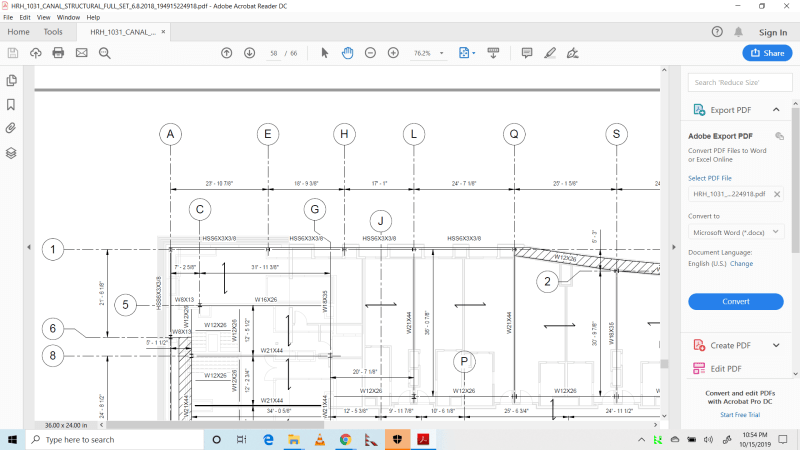-
1
- #101
As structural engineers, a building collapse is our worst nightmare. When it happens, we all want to know why. When we have access to a signed and sealed set of drawings for the structure, I think it is perfectly acceptable to discuss them.
These were sealed permit drawings. When I submit a set of signed and sealed drawings for permit, the building official has every right to believe they are complete drawings that the building can be constructed with. These drawings raise a lot of red flags and I keep hoping there was a revised set, but in the end, the building collapsed and we should all try to learn from it.
These were sealed permit drawings. When I submit a set of signed and sealed drawings for permit, the building official has every right to believe they are complete drawings that the building can be constructed with. These drawings raise a lot of red flags and I keep hoping there was a revised set, but in the end, the building collapsed and we should all try to learn from it.

